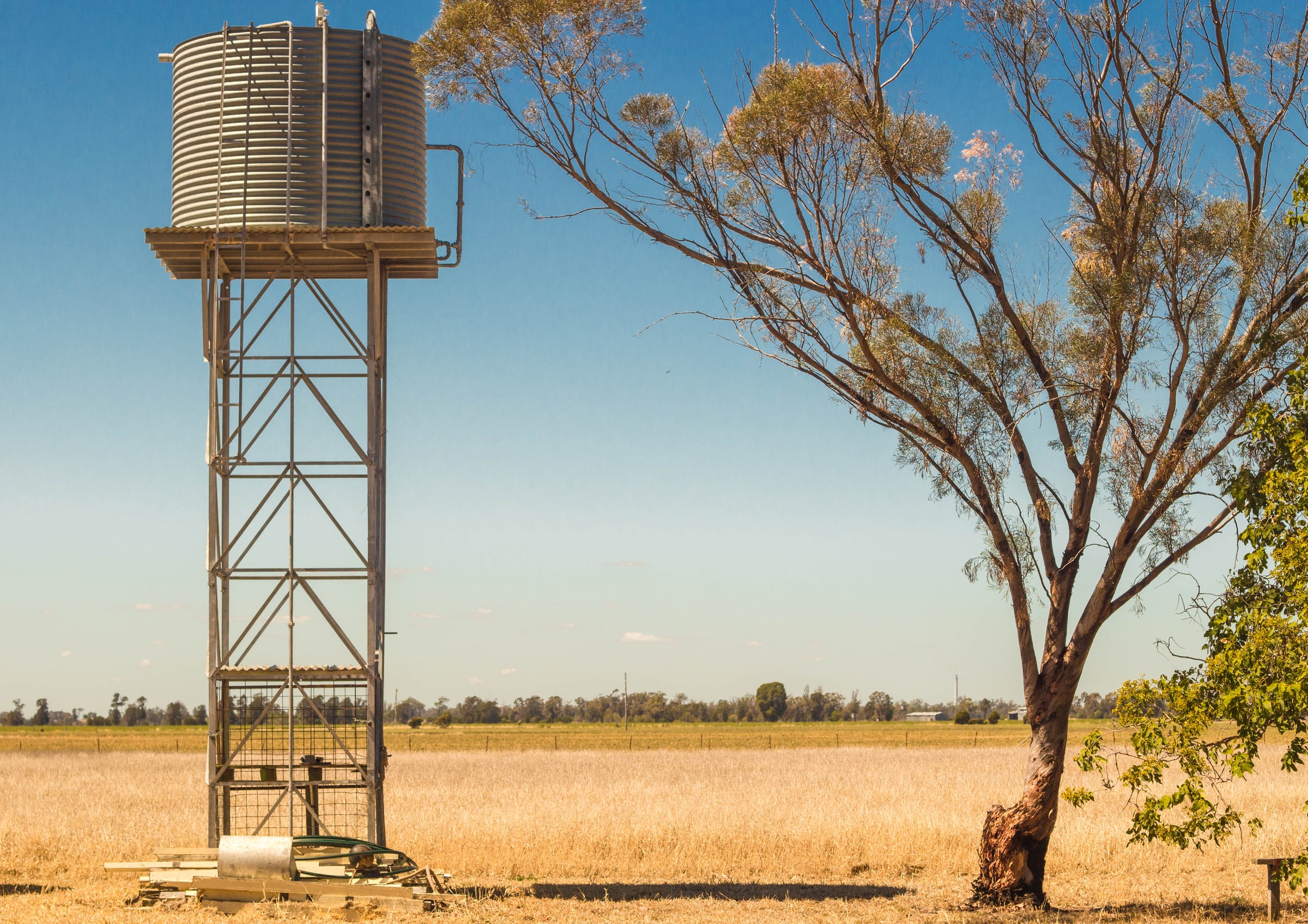There is a lot to dislike and to be concerned about with government these days.
The drop in moral and ethical standards; lack of transparency and accountability; the short-term focus of point scoring and blame shifting rather than longer-term strategic thinking and planning to lead, solve problems and meet challenges.
Then there’s the self-absorption of our politicians; their lack of expertise and commitment; the influence of special interests at the expense of our national interest; slogans rather than policies; and many more.
In all this, one of the most galling experiences I can recall was watching question time in the House of Representatives on Tuesday two weeks ago.
The Morrison government was wallowing in its claimed success (to date, of course) in managing the virus and the early stages of our economic recovery, as it ran through a series of contrived, self-serving Dorothy Dix questions, all claiming some global “leadership”.
This was bad enough – I almost choked on the exaggeration, misrepresentation and hubris.
But what made it much worse was that it came on the heels of the announcement earlier that morning of the miserable increase (a mere $3.57 per day, to $44 per day) in the JobSeeker payment.
While the government boasted of the jobs it had created, and specifically how some 90-plus per cent of those on JobKeeper had been re-employed, it was extending this new JobSeeker payment to about 1.95 million people, with about 10 times as many looking for work as the recorded jobs available.
Against the background of widespread pressure for a meaningful increase – across business, the welfare sector, civil society, politics and even the Reserve Bank – the level of the announced increase has been reported as the lowest figure the government believed would be palatable to the public.
It got this wrong, given the widespread condemnation. Moreover, the government has compounded its miscalculation by the marketing around it.
The spin is that it will “ensure that job seekers have the best opportunity to secure employment”; it is “fair and sustainable – for both unemployed people and taxpayers who fund the support”; the balance is “right between providing support for people and incentives to work”; “welfare is a safety net, not a wage supplement”; it is a “$9 billion commitment the largest-ever budget measure for working age payments and is the single biggest year-on-year increase … since 1986”.
Further, presumably to garner crossbench support, the government exaggerates for example the significance of add-ons such as rent allowance.
It is a misrepresentation to add (say) the maximum rent allowance for a single person of $70 a week, without mentioning that to be eligible they would need to be paying about $155 per week in rent, with restrictions on how much they can earn.
As Australian National University’s Peter Whiteford has pointed out, claims that the unemployment allowance is back to levels (around 42 per cent of the national minimum wage) at the end of the Howard era is also misleading.
Howard had reduced this ratio from about 50 per cent.
Similarly, the claim that it is the “largest ever increase” at 9.7 per cent, the first real increase in some 25 years, neglects to mention that the payment increased by 23 per cent in real terms in the Hawke/Keating administrations, and by about 50 per cent in the Whitlam years.
Whiteford has also pointed out that with this increase, we will still be at the second-lowest level (after Greece) in terms of the proportion of previous income maintained after several months of unemployment.
As Whiteford says, “the brutal reality is that when Australian workers lose their job, their incomes fall more than in almost any other high-income country”. You would have to baulk at the boast that we are an exemplary egalitarian society.
There is also still the most unfortunate prejudice behind much of what the government says, with a nod and a wink to the stereotype unemployed as dole bludgers, totally ignoring the reality of most, and the age mix of, the unemployed.
I am pleased to see that the Australian Council of Social Service, with significant broader support, intends to continue to push for at least $65 per day, just above the poverty line, just below the pension rate, and a relevant incentive relative to the minimum wage.
Surely, at some point, Morrison can step outside the Canberra bubble and face the reality of the unemployment challenge.
First published at the Canberra Times on Wednesday 24 February 2021.





Recent Comments